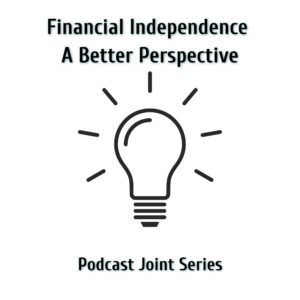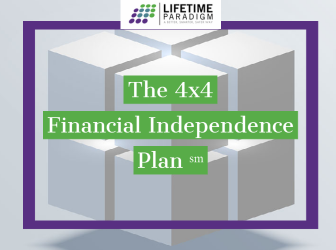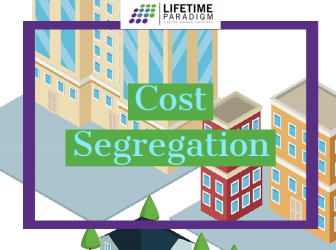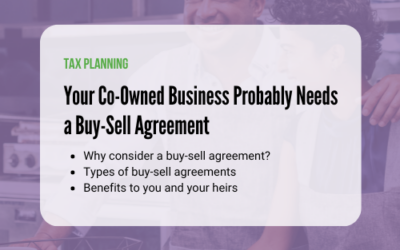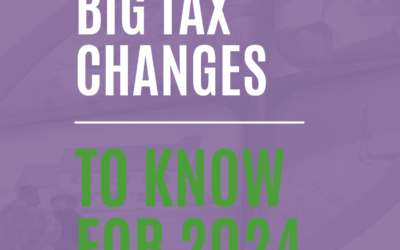Financial Independence
A Better Perspective
Podcast
EPISODE 15 The Three Buckets of Real Estate Investing
Presented by Lance Edwards and Randy Luebke
In this episode of “Financial Independence – A Better Perspective”, Lance and Randy discuss “the three buckets”, or choices, of real estate investing — active, semi-active, or passive — and how an investor can find deals.
What you’ll learn in this episode:
- There are “three buckets” you can play in as an investor: active, semi-active, or passive.
- As an active real estate investor/entrepreneur, you go out and find the deals and/or investors. You bring the project together and personally run and manage it. If it’s a rental, that means you self-manage it, dealing hands-on with the day-to-day issues. You ARE the business.
- Lance suggests that being semi-active is preferable to active, and this is his preferred route. You find the deals and/or investors, but you hire a management company to do the day to day deal with tenants and toilets, repairs, and those details. You manage the managers. It’s the highest and best use of your time, hiring these professional managers.
- The third route is passive – hands-free. You invest in OPD, other people’s deals. You put your capital into their projects. You have no decisions, responsibility, or liability other than your investment. It’s equivalent to investing in the stock market, where somebody else manages your money. You can find these deals via public offerings and private offerings.
- Public offerings can be Wall Street traded firms or investment trusts, where you buy shares (REITs) and can be part of a very large pool of investors. It’s liquid money and they pay a return. In contrast, private offerings are offered by individuals trying to assemble a smaller group of investors. Usually, it’s a single individual who runs a private offering. They have low advertising costs and generally pay a higher rate of return. On the downside, it’s less liquid than a public offering.
- Randy talks about these three steps: acquiring (sourcing) the property, finance the property (with your own cash or other people’s money) and settle on the management.
- If you’re actively involved in a project, you should expect a higher rate of return than if you’re passively involved because you’re sharing, giving some of that return to the person who is actually running the project. This is not to say if you do more work, you automatically make more money. Lance strongly discourages doing all active projects and dealing personally with tenants and toilets.
- For Lance, the name of the game is how many projects you can get running, and how much scale you can give. You can’t scale a business if you’re doing everything.
- Lance discusses the ins-and-outs of raising money to invest. If you’re doing a single project, you need one investor. In his first five years in real estate, he only had one investor. Start with who you know – friends, family, people you work with, folks at church, professional associations. Work within your network. There are rules about raising private money put out by the Security Exchange Commission, but you can always raise money from anyone you have an existing relationship with.
- As you start scaling up, needing bigger dollars and pools, you get to one end, which is a REIT, or raising millions by advertising. As the amounts increase, the different types of public offerings are regulated by both the states and Federal governments. There are security laws. For instance, you can’ run a newspaper ad as John Doe, looking for private money to buy an apartment building. Some people do that, but it’s illegal.
- Lance says there are different buckets to do these offerings. In the past few years, the SEC has opened up the ability to an individual to go out and raise money. An example would be that you can do a $10 million offer to people you have an existing relationship with, but you have to have it all documented in a private placement memorandum.
- Another kind of offering is advertising to people you don’t know, as long as they are accredited investors. Yet another allows you to advertise to people you do not know and can collect as little as $5000 from them, but you have to go through a more rigorous process in terms of getting registered with the SEC.
- When you get into bigger pools, there’s a tradeoff as to how much money you’ll spend up front in legal fees and getting registered with the SEC vs. spending more money with a bigger group of people. The less you spend, the more restrictive it will be, meaning only to people you know. The SEC is there to protect small investors. If you put together pools, do it with a securities attorney.
- Randy suggests that if you’re going to talk to anyone who is not close to you about investments, you should consult an attorney and make sure you structure the deal properly.
*Lance reminds us that if you’re the one raising money, “the sponsor,” you never utter the word “guaranteed” – because you can’t guarantee anything. - Randy adds that you have to evaluate the opportunity from not only the upside potential of what you might make, but also from the perspective of what you may lose, or what you might have to continue with to stay in the deal. Lance adds, “Evaluate the project and the sponsor and investigate what they have done to ensure risk mitigation.

IMPORTANT
The information contained in this newsletter is for general use and educational purposes only.
Your Co-Owned Business Probably Needs a Buy-Sell Agreement
Tax PlanningBradford Tax InstituteSay you’re a co-owner of an existing business. Or you might be buying an existing...
Big Tax Changes to Know for 2024
Financial Guides2024 has brought some big tax changes with it. It’s essential to stay informed about these...
The Smart Tax Planning Newsletter March 2024
Tax PlanningIn This Issue: IRAs for Young Adults Get Up to $32,220 in Sick and Family Leave Tax Credits New Crypto Tax...

